Hello friends of @steemiteducation, happy to meet you, the experiments at home open a universe of knowledge and teaching possibilities for our children, sometimes we believe that to educate our children we need a highly prepared and somewhat complicated material, no! Today I want to show you a very simple homemade Experiment that shows that science does not have to be boring and that most of the experiments we can do with our children do not need complicated and elaborated materials, you will be fascinated by all the information and knowledge that you can transmit with this simple experiment.
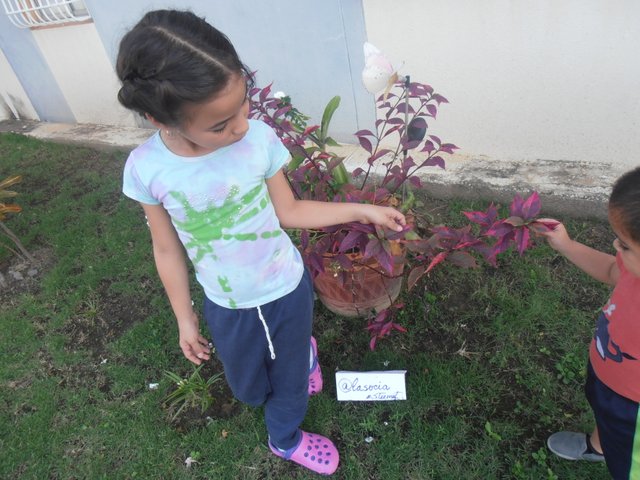
Chromatography experiment with red leaves, is there chlorophyll?
Plants make their own food through photosynthesis. For this they need chlorophyll, a green pigment. But there are plants that are not green, does that mean they do not have chlorophyll? In this experiment we will study the chromatography of the red leaves to check whether or not they have chlorophyll.
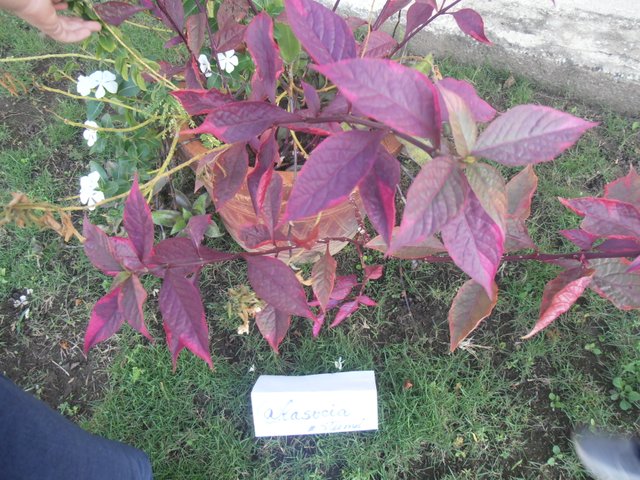
We are going to use a small amount of alcohol so do not forget to take precautions:
- The room should be well ventilated.
- Alcohol should be kept away from flames or sparks.
- Alcohol can not be ingested, it is poisonous.
Materials:
- Jealousy or bodybuilder's tape.
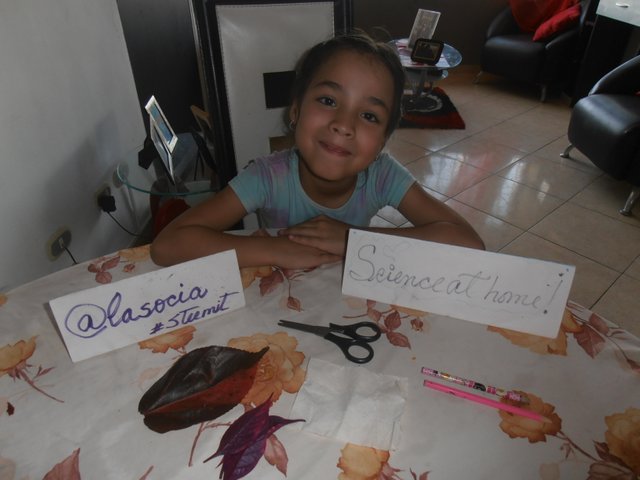
Process:
- Cut a strip of filter paper.
- Approximately two centimeters from the bottom end, rub a red sheet against the filter paper until you get a spot.
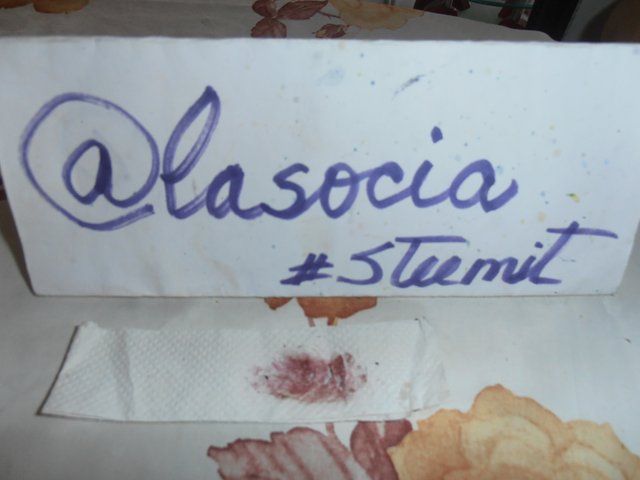
- Put half a finger of alcohol in a glass. Insert the strip of filter paper into the cup attached to the straw with adhesive tape.
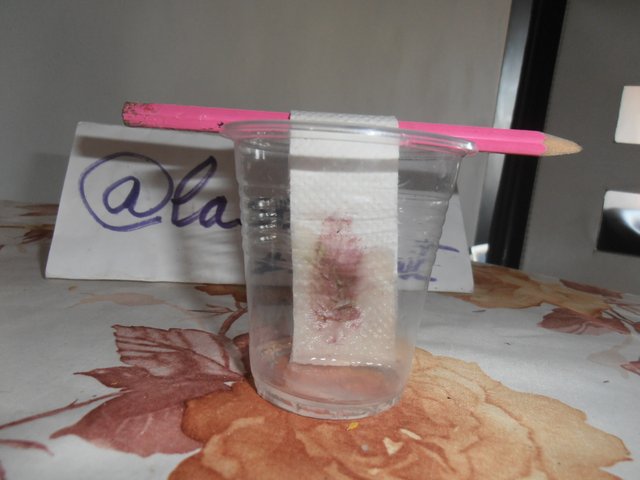
- Wait a few minutes and you will notice that the red color of the stain is decomposing in several colors, including green.
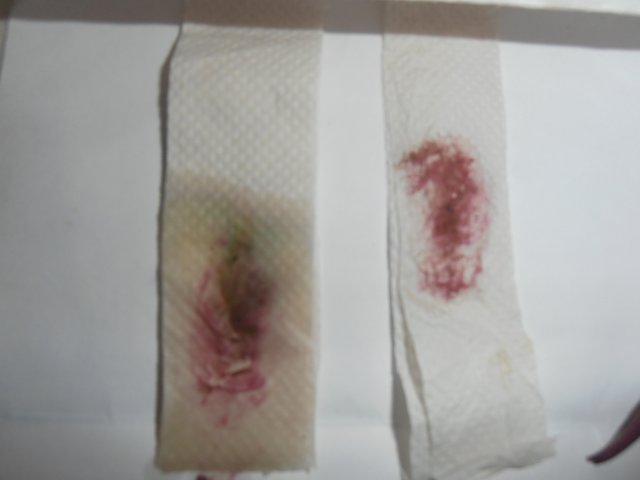
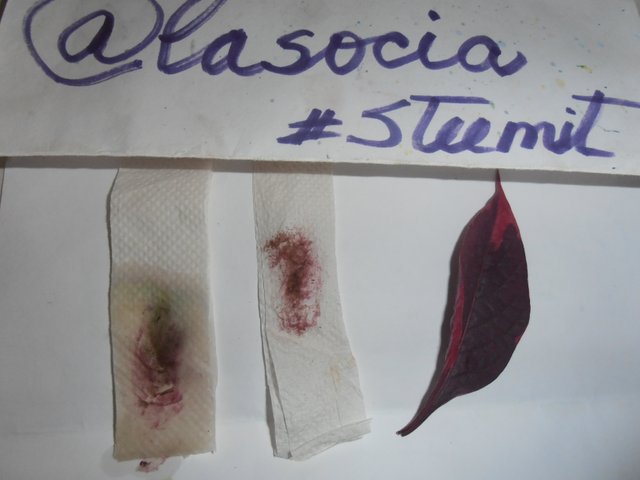
What has happened?
The process by which leaves make the food of the tree is called photosynthesis. To make it, the plants need: The water and dissolved mineral salts in it that travel from the ground to the leaves. Carbon dioxide, CO2, from the air that is absorbed by the leaves. Pigments that capture the sun's energy. The most important is the chlorophyll that is green, but there are other pigments such as xanthophylls (yellow and brown) and carotenoids (orange and reddish) that also participate. The solar energy captured by chlorophyll and its auxiliary pigments is used to transform water and carbon dioxide into glucose (a sugar) and oxygen. Without chlorophyll there is no photosynthesis, so in the red leaves it must also be present. To find it, we used a separation separation technique called chromatography.
The stain we have painted on the filter paper dissolves in the alcohol, which rises from the glass due to capillarity or capillary action. The less soluble pigments and with greater mass remain stuck to the paper below, while the more soluble and lower mass continue to rise with alcohol. As each pigment has a different degree of solubility and different mass, different colored areas are formed on the paper strip as the pigments are deposited. And finally we can see the green chlorophyll.
 Children love to do experiments. With them, while having fun, they learnand ask questions about the world around them. Among its many benefits, scientific exploration feeds the child's natural curiosity, fosters his interest in science, stimulates reasoning and logic, improves his ability to solve problems, increases his self-esteem and prepares them to understand more complicated scientific concepts in the future.To enjoy science is not necessary to have a laboratory, you will be surprised by the amount of experiments that can be done with some home materials. So do not wait any longer, get to work and have fun with your children or students.I hope that this article has been of your interest and help, and I hope you in my next publication!Regards!!!
Children love to do experiments. With them, while having fun, they learnand ask questions about the world around them. Among its many benefits, scientific exploration feeds the child's natural curiosity, fosters his interest in science, stimulates reasoning and logic, improves his ability to solve problems, increases his self-esteem and prepares them to understand more complicated scientific concepts in the future.To enjoy science is not necessary to have a laboratory, you will be surprised by the amount of experiments that can be done with some home materials. So do not wait any longer, get to work and have fun with your children or students.I hope that this article has been of your interest and help, and I hope you in my next publication!Regards!!!

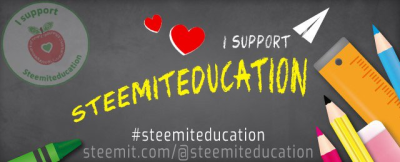

Posted from my blog with https://wordpress.org/plugins/steempress/http://lasocia.vornix.blog/2018/10/18/science-at-home-fun-homemade-experiments-for-the-little-ones-lets-learn-about-chlorophyll-in-plants-2/ 










This is a really interesting home science project. I should really try this out with my kids.